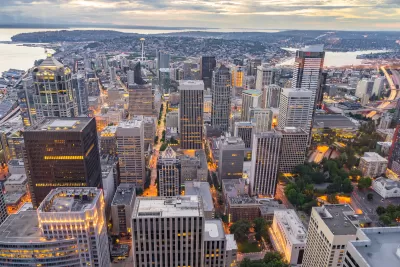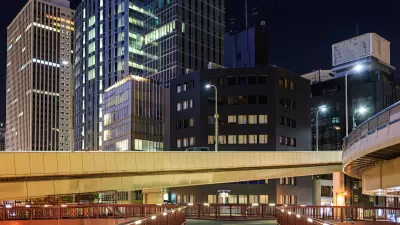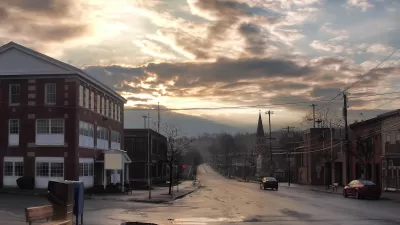The Downtown Activation Plan shifts from Euclidean to form-based zoning to encourage more commercial development.

Seattle Mayor Bruce Harrell’s recently unveiled Downtown Activation Plan significantly expands the types of businesses permitted in the city’s central core as part of an effort to revitalize the district.
Current rules, based in Euclidean zoning, prohibit businesses such as arts studios, medical offices, and printing shops from downtown Seattle. Harrell wants to fill vacant storefronts and transform downtown Seattle into a thriving, mixed-use neighborhood.
As Alan Ehrenhalt explains in Governing, “The idea was to keep downtown streets free of noxious enterprises such as factories and sweatshops that would be a nuisance to nearby residences. As the decades went by, however, the list of proscribed businesses grew in many places beyond the bounds of logic.”
Now, a shift toward form-based codes promotes a new way of thinking about zoning: “Instead of regulating commercial spaces according to what goes on within them, we should largely forget about uses and regulate design — how well a structure relates to its surroundings and how it works aesthetically.” Another planning concept, the ‘Gehl door average,’ uses the number of doors in a given commercial block as a proxy for vibrancy.
FULL STORY: The Obsolete Zoning Laws that Leave Downtowns Stagnant

Trump Administration Could Effectively End Housing Voucher Program
Federal officials are eyeing major cuts to the Section 8 program that helps millions of low-income households pay rent.

Planetizen Federal Action Tracker
A weekly monitor of how Trump’s orders and actions are impacting planners and planning in America.

Ken Jennings Launches Transit Web Series
The Jeopardy champ wants you to ride public transit.

Rebuilding Smarter: How LA County Is Guiding Fire-Ravaged Communities Toward Resilience
Los Angeles County is leading a coordinated effort to help fire-impacted communities rebuild with resilience by providing recovery resources, promoting fire-wise design, and aligning reconstruction with broader sustainability and climate goals.

When Borders Blur: Regional Collaboration in Action
As regional challenges outgrow city boundaries, “When Borders Blur” explores how cross-jurisdictional collaboration can drive smarter, more resilient urban planning, sharing real-world lessons from thriving partnerships across North America.

Philadelphia Is Expanding its Network of Roundabouts
Roundabouts are widely shown to decrease traffic speed, reduce congestion, and improve efficiency.
Urban Design for Planners 1: Software Tools
This six-course series explores essential urban design concepts using open source software and equips planners with the tools they need to participate fully in the urban design process.
Planning for Universal Design
Learn the tools for implementing Universal Design in planning regulations.
Ada County Highway District
Clanton & Associates, Inc.
Jessamine County Fiscal Court
Institute for Housing and Urban Development Studies (IHS)
City of Grandview
Harvard GSD Executive Education
Toledo-Lucas County Plan Commissions
Salt Lake City
NYU Wagner Graduate School of Public Service





























